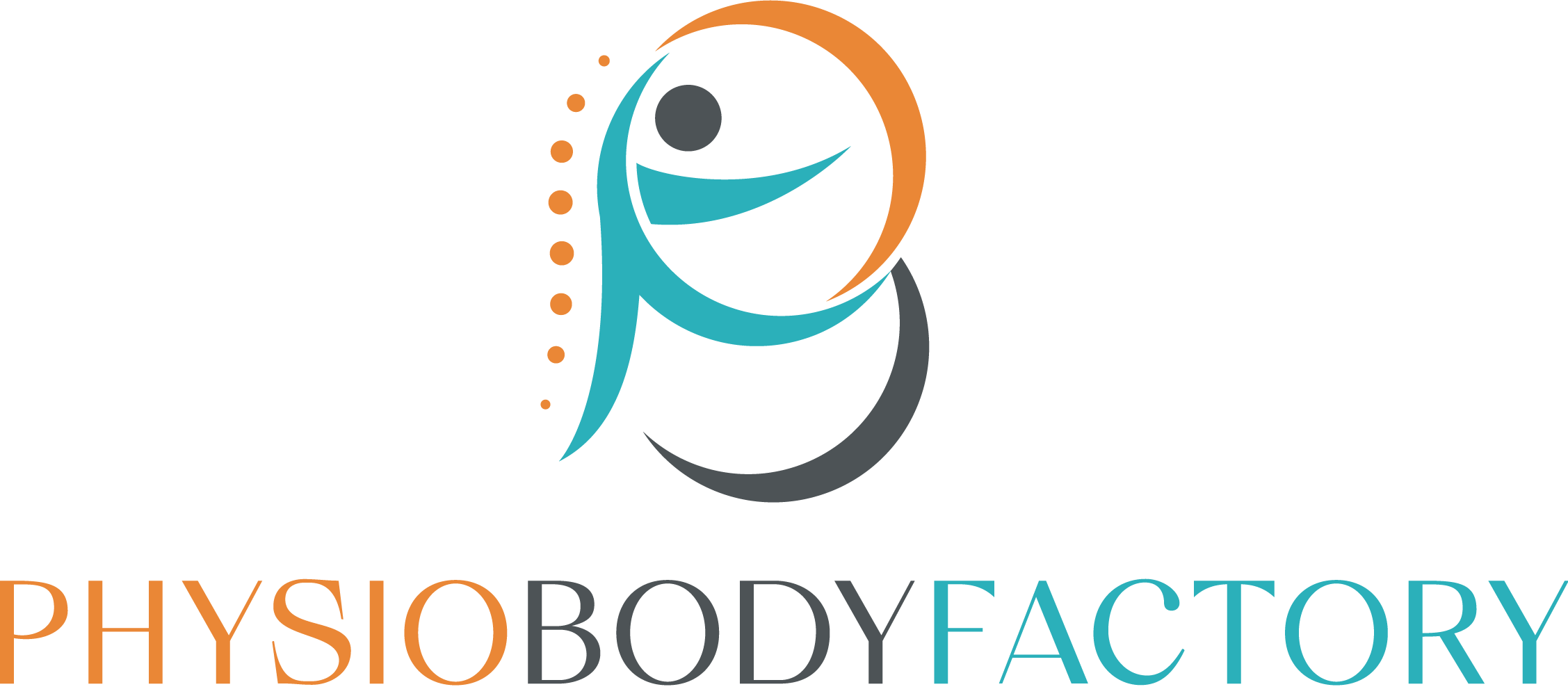
What is the difference between implicit and explicit learning?
In the context of motor learning, a distinction can be made between implicit and explicit learning. The difference between these two is important to understand:
Explicit learning can be defined as a collection of knowledge of how best to perform movements. Unlike explicit learning, implicit learning is learning a skill without any knowledge of the movement execution. Implicit learning often uses an external focus.
Continue reading if you want to learn the exact difference between implicit and explicit learning to know what to exactly implement in your daily life.
Implicit vs. Explicit learning
In the context of motor learning, a distinction can be made between implicit and explicit learning.(1,2)
As we mentioned before, explicit learning can be defined as a collection of knowledge about how best to perform movements. Unlike explicit learning, implicit learning is learning a skill without any knowledge of the movement execution.
Implicit learning is therefore learning by doing something, without conscious instructions on how to do it. Implicit learning often uses an external focus. (read our blog about training with an external focus in ACL rehabilitation) A learning strategy with an external focus is understood to directing attention to the environment while moving.(3)
An example of a learning strategy with an external focus to improve knee extension whilst walking is as following: ‘Pretend to kick a ball at the end of the swing phase’(4). This is also known as implicit learning with an external focus. Apart from this, there are other forms of implicit learning with an external focus, namely:
Differential learning
Firstly, Differential learning is the acquisition of skills under varying circumstances. Through the process of experimenting and learning alternative ways to perform a task, athletes learn an individualized motor solution that best fits the given environmental context and limitations of their own bodies.(5)
Observational learning
Secondly, Observational learning: This is learning by observing others; information is acquired by looking at the actions of models, hearing thoughts expressed out loud, and observing action that lead to success or that can be better avoided.(6)
Analogy learning
Thirdly, Analogy learning: Giving an instruction that describes the desired movement on the basis of a metaphor, so that no separate rules are learned about (parts of) the movement.(7)
Forced learning or Directed learning
Fourthly, Force learning or Directed learning: The arrangement of the movement situations is arranged in such a way that the desired movement execution must take place, so that the mover hardly starts thinking about the execution and the learning remains implicit. The posture can be controlled by, for example, jumping over a stick when playing basketball.(8)
Error-free learning (errorless learning)
Moreover, Error-free learning is a learning strategy that avoids mistakes during the learning process. The idea here is that making mistakes can invite analysis and the formulation of explicit hypotheses about movement performance in working memory. This is prevented with error-free learning.(9)
Self-directed learning
Lastly, Self-directed learning describes the process in which individuals take the initiative, with or without the help of others, in determining learning needs, formulating learning objectives, and identifying human or material learning resources. Patients are given the choice to ask for feedback themselves after what they think is a good execution of a certain movement.(10)
Implementation in daily practice
Recent research has shown the applicability of an external focus during rehabilitation after ACL reconstruction to improve the acquisition of locomotor skills, which may reduce the risk of secondary ACL injuries.(11) We also have a blog about this subject, if you want to read it click here. The idea is that movement skills improve when applying implicit learning. Implicit learning is triggered by giving external focus instructions. This can result in less disruptive movements, making the ACL less provoked.
Sources
- Kleynen M, Braun SM, Rasquin SMC, Bleijlevens MHC, Lexis MAS, Halfens J, Wilson MR, Masters RSW, Beurskens AJ. Multidisciplinary views on applying explicit and implicit motor learning in practice: an international survey. PLoS One. 2015;10(8): e0135522. Doi.
- Hodges N, Williams AM, editors. Skill Acquisition in Sport: Research, Theory and Practice. Abingdon, United Kingdom: Routledge; 2012. Advances in implicit motor learning; pp. 59–75. [Google Scholar]
- Lohse KR, Sherwood DE, Healy AF. How changing the focus of attention affects performance, kinematics, and electromyography in dart throwing. Hum Mov Sci. 2010;29(4):542–55.
- A. Gokeler, D. Neuhhaus, A. Benjaminse, DR. Grooms, J. Baumeister. Principles of motor learning to support neuroplasticity after ACL injury: implications for optimizing performance and reducing risk of second ACL Injury. Sports Med. 2019 Jun;49(6):853-865. Doi: 10.1007/s40279-019-01058-0.
- Benjaminse A, Otten E. ACL injury prevention, more effective with a different way of motor learning? Knee Surg Sports Traumatol Arthrosc. 2011;19(4):622–7.
- M. Raedts, F. Daems, L. van Waes, G. Rijlaarsdam. Observerend leren van peer models bij een complexe schrijftaak. Tijdschrift voor Taalbeheersing. 2009.
- Sport brein. Wat is impliciet leren? Meedoenmetsport. 2014 beschikbaar via: http://www.meedoenmetsport.nl/nieuws/definitie-wat-is-impliciet-leren/
- Bart Raijmakers, motorisch leren principes 2012.
- Beek, P. J. (2011). Nieuwe, praktisch relevante inzichten in techniektraining (deel 1): Motorisch leren: uitgangspunten en overwegingen. Sportgericht, 65(1), 43-49.
- Linda B Nilson, Zelfsturend leren, 2019. Beschikbaar via: https://verkenjegeest.com/wat-is-zelfsturend-leren-en-waarom-is-het-belangrijk/
- Myklebust G. Engebretsen L, Braekken IH, Skjolberg A. Olsen OE, Bahr R. Prevention of anterior cruciate ligament injuries in female team handball players: a prospective intervention study over three seasons. Clin J Sport Med. 2003; 13:71-78.
Frequently asked questions (FAQ)
Differential learning is the the acquisition of skills under varying circumstances. Through the process of experimenting and learning alternative ways to perform a task, athletes learn an individualized motor solution that best fits the given environmental context and limitations of their own bodies.
This is learning by observing others; information is acquired by looking at the actions of models, hearing thoughts expressed out loud, and observing action that lead to success or that can be better avoided.
Thirdly, Analogy learning: Giving an instruction that describes the desired movement on the basis of a metaphor, so that no separate rules are learned about (parts of) the movement.
The arrangement of the movement situations is arranged in such a way that the desired movement execution must take place, so that the mover hardly starts thinking about the execution and the learning remains implicit. The posture can be controlled by, for example, jumping over a stick when playing basketball.
Error-free learning is a learning strategy that avoids mistakes during the learning process.
Self-directed learning describes the process in which individuals take the initiative, with or without the help of others, in determining learning needs, formulating learning objectives, and identifying human or material learning resources


